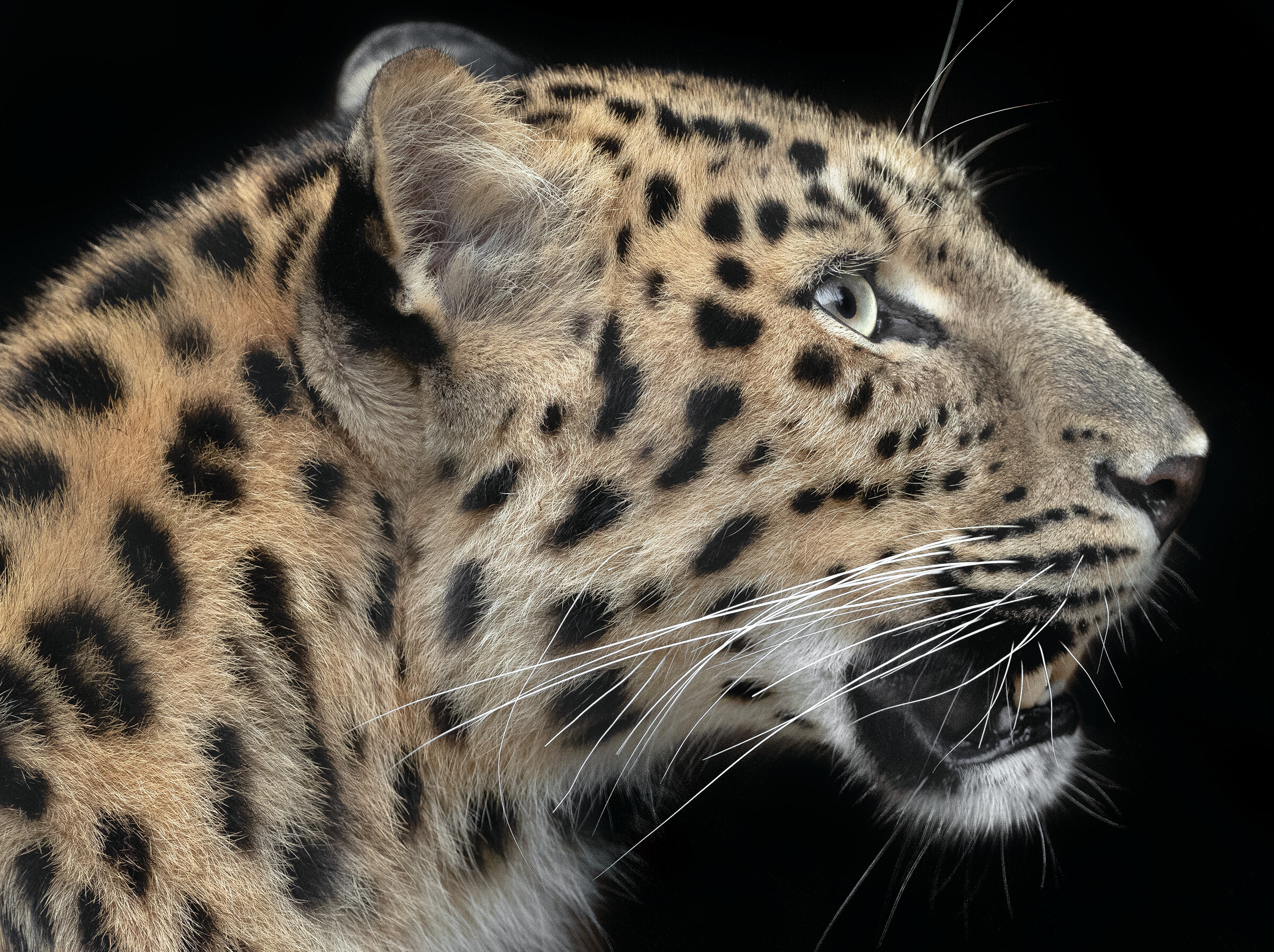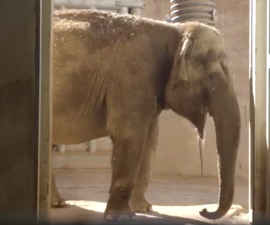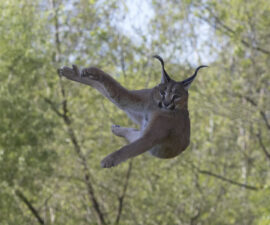BY Peggy Scott
Photography by Ken Bohn
With fewer than 100 individuals left outside of managed care and only 300 in zoological protection around the world, the Amur leopard Panthera pardus orientalis is believed to be the most critically endangered big cat on the planet. As with many species, habitat loss is a huge factor. It’s estimated that in parts of its range, the Amur leopard’s territory has been reduced by almost 80 percent. Add in poachers’ desire for the cats’ thick, spotted coats, and it’s not hard to see that the numbers appear to be working against the Amur leopard in its fight against extinction. Fortunately, this isn’t a battle being fought alone.
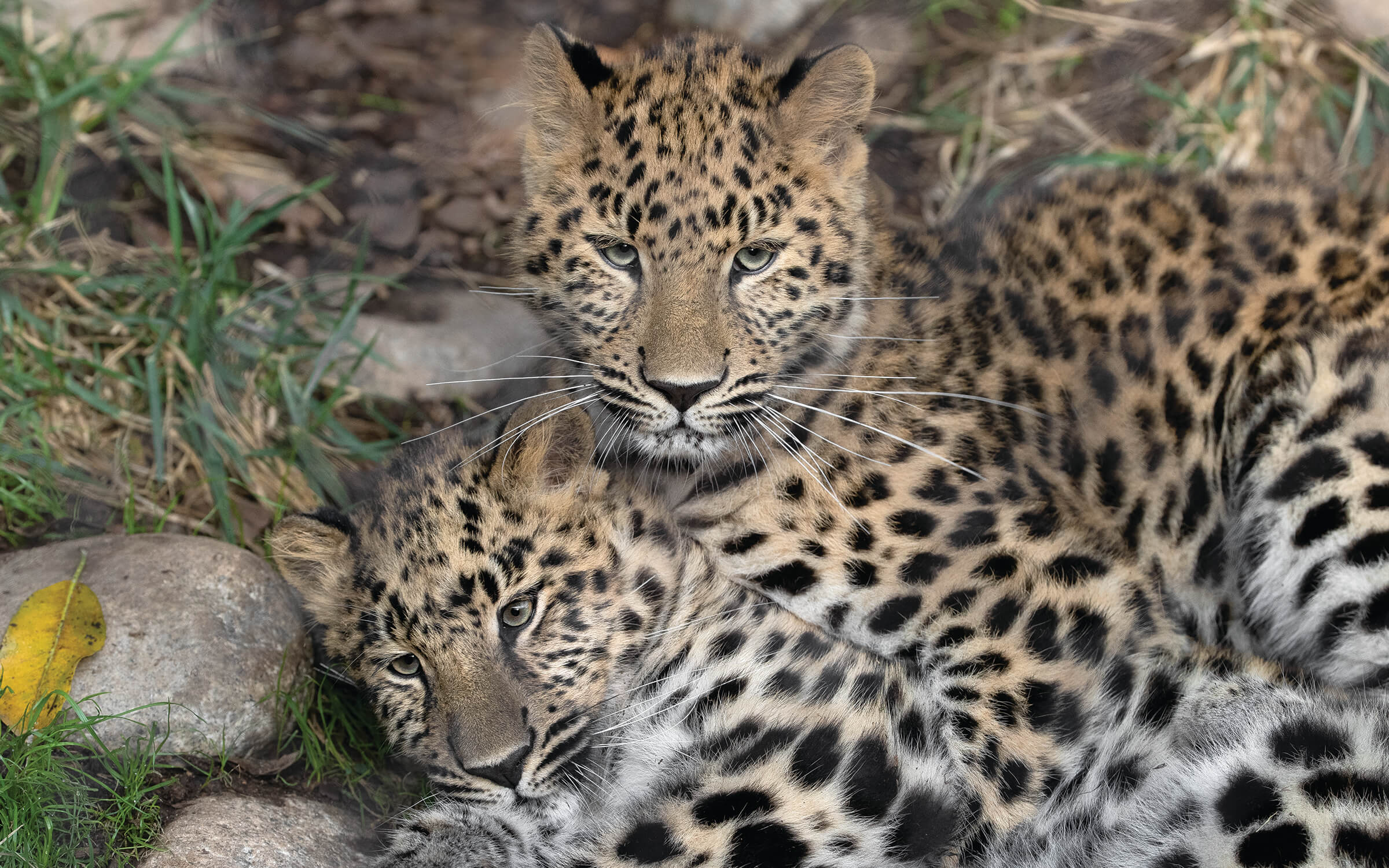
Room to Roam—and Hunt
Native to the rocky, mountainous woodlands in the Primorye region of southeastern Russia and the Jilin Province of northeast China, Amur leopards are on the smaller side for a big cat, with males topping out at approximately 110 pounds, with females smaller (African leopards, in comparison, can reach 130 pounds). Despite its relatively petite size, an Amur leopard can take down prey three times its size. With a tongue equipped with tiny rasps perfect for scraping meat off bones, the Amur leopard is a quintessential carnivore. These nocturnal cats are excellent climbers, and often drag their prey up into trees to protect it from other animals. Not surprisingly, all these behaviors require more than a little elbow room. “These leopards have a complicated lifestyle, because they need a large area in which to hunt and live,” explains Todd Speis, a senior wildlife care specialist at the Zoo. “And they’re solitary, so there simply needs to be more places for the individual animals to go.”
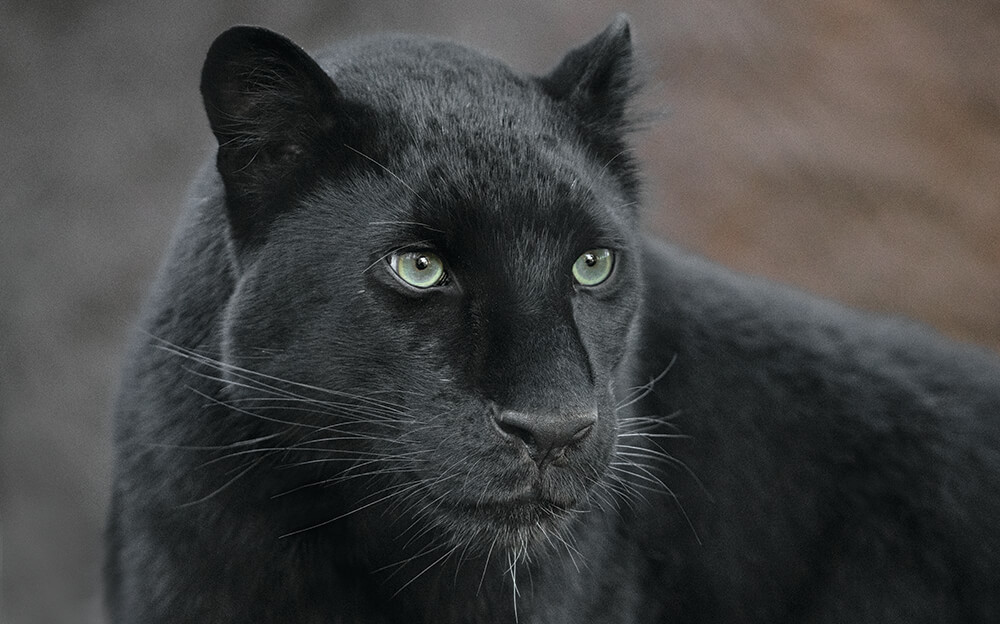
PART OF HER ‘”MYSTIQUE”
While the word “leopard” may bring to mind a light coat adorned with a rosette pattern, enigmatic Mystique reminds us that melanistic leopards are beautiful, too.
Like the Amur tiger that inhabits its range, Amur leopards make their way through forests in search of prey, including roe deer, sika, wild boars, rabbits, and badgers. Capable of running up to 35 miles per hour, an Amur leopard can easily chase down its meal. Unfortunately for the leopards, their hunting preferences can make it difficult to coexist with humans. Villagers in the region raise sika deer for their antlers. Big cats happening upon such livestock can easily make their way into enclosures (their vertical leap can reach 10 feet; horizontally, twice that). Leopards that threaten a family’s livelihood are marked for extermination. But that’s not the only reason Amur leopards might find themselves targeted. With its dense, cream-color fur, this charismatic cat is well adapted to the frigid temperatures of its home range. Its coat pattern—widely spaced thick, black rosettes with dark centers—may help it blend in with snow-dusted mountains and shadows, but it is also beautiful and highly prized for the illegal fur trade. With threats from more than one direction, it’s clear these cats need help from the outside.
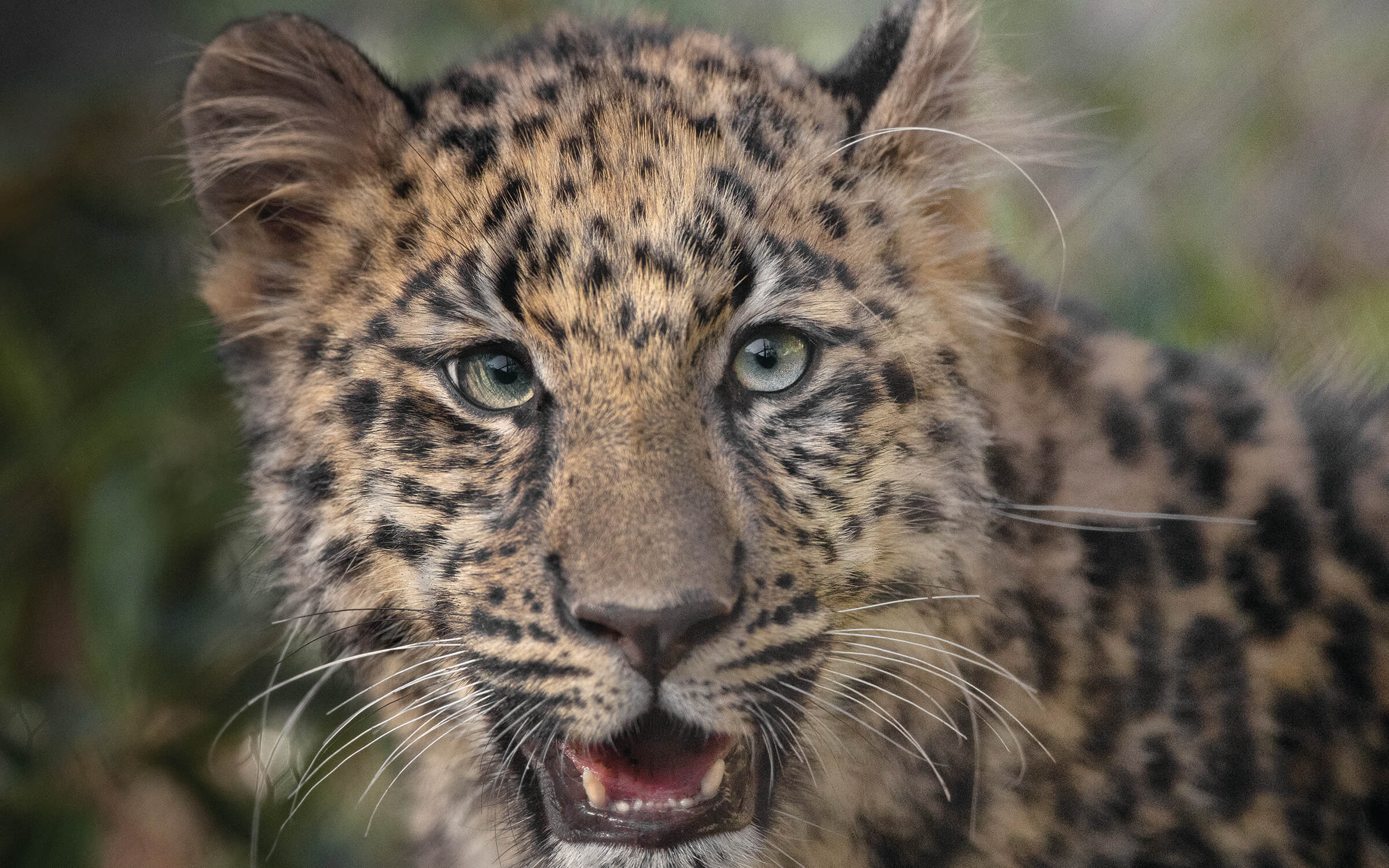
 Much like our unique fingerprints, the spot pattern on an Amur leopard’s coat is individual to that animal.
Much like our unique fingerprints, the spot pattern on an Amur leopard’s coat is individual to that animal.
Get with the Program
San Diego Zoo Global and other zoological organizations around the world have joined together in efforts to conserve this species. More than 94 institutions take part in the Global Species Management Program (GSMP)—an international conservation effort, in which scientists work to increase regional animal populations. The hope is that the population will slowly grow in numbers, specifically in the trans-border region of Russia and China. In conjunction with habitat preservation and restoration efforts, the breeding program in zoos is designed to support the sustainability of the Amur species by building a baseline population, which will then produce offspring that could help bolster the dwindling population in the wild.
Along with work in the Amur leopard’s native range, San Diego Zoo Global enlists the assistance of Zoo visitors to spread the word about the situation these cats face. In 2011, the arrival of a trio of Amur leopards, a female and two males, gave SDZG a chance to share the beauty of these animals with their guests and also allowed us to participate in the program to help bolster the Amur population. As part of the Association of Zoos and Aquariums’ Species Survival Plan (SSP) for Amur leopards, these cats are vital to the world population. Once they reached maturity at three to four years of age, they were eligible to be carefully paired with unrelated leopards for the program.
Amurs at the Zoo
In 2018, the Zoo reached a milestone—two, actually—with the birth of our first Amur cubs. First-time mother Satka stepped into her maternal role and proved to be an attentive, nurturing, and, it turned out, vocal parent. “One of the most amazing things to witness is the amount of verbal communication Satka does with her cubs,” Todd said in 2018. “Yowls, grunts, rumbles, chirps, whines—sometimes you can even tell by their responding behavior what she was saying.” The cubs, Dorothy and Maryanne, have grown to be healthy, confident adult leopards.
Satka and mate Oskar weren’t finished contributing to their species, however. In April of 2020, the pair produced another pair of cubs—Lev and Tuman. Satka once again took motherhood in stride. “Satka allowed them the opportunity to explore, but was still protective—it’s a good balance,” says Kelly Murphy, senior wildlife care specialist at the Zoo.

SIBLING REVELRY
Healthy, rough-and-tumble cubs, Tuman and Lev practice their wrestling moves. Satka always has her eye on them, just in case.
Charlie, a non-related male Amur leopard, also lives at the Zoo; he might be a future mate for Maryanne. Many Zoo regulars are big fans of our other Amur leopard—melanistic Mystique, whose beauty has made her a social media favorite. Each cat is, of course, unique in his or her own way, but all are involved in helping their species prevail. “The Amurs at the Zoo give our guests a rare opportunity to see the most endangered cat species there is,” Kelly explains. “Knowledge is power—by connecting to this species, people in turn can make informed decisions that might have an impact on their survival, hopefully in a positive way.”
Kelly adds that these cats are helping boost numbers. “By supporting breeding recommendations, we ensure that we have a healthy, genetically diverse population in our care,” she says. “This can help move forward with rewilding efforts back into their range.”
Amur leopards can be seen in habitats in Africa Rocks, and at Asian Leopards and the Kopje.

